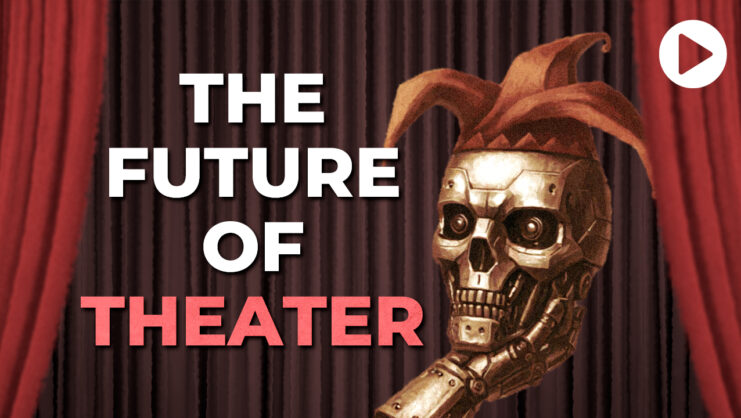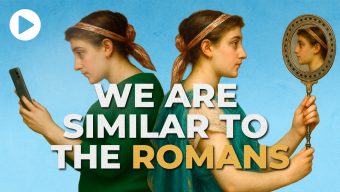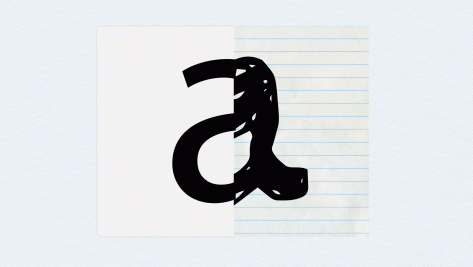Beyond Artifacts: The New Face of Museums
Museums have evolved from elitist, object-focused spaces to vibrant hubs for community, culture, and tech to shine, explains András Szántó.
© IE Insights.
Transcription
Museums have a bit of a perception problem. People think museums are these sort of old, dusty, cobwebby, empty, boring, elitist, institutional spaces which are really only for specialists. I mean, this is the wider view in society. Often they look like Greek temples. Once you’re inside, you had to not speak in loud words, there were these very difficult-to-understand wall labels.
It was all about the object. Maybe if you were lucky, you could get a cup of coffee. And that was it. The reality of museums today is actually completely different.
If you go into a museum, it’s a vibrant place. You’ll have all kinds of people there, young and old. You’ll have people from all around the world. Maybe there’s a jazz performance or a spoken word performance. There’s an incredible educational program, you’re allowed to talk.
I’m going to show you how to make a viewfinder inspired by the artist Yayoi Kusama.
Matter of fact, you may not even be in a building. You may be experiencing this museum online or on social media, or in virtual space.
Y eres tanto que no cabes.
And this shift in museum making, has been a long time coming, but I think is now much more consciously recognized in the field. Maybe the simplest way to describe this shift, although there are many ways, is that whereas the museum used to be almost singularly focused on objects; acquiring them, studying them, interpreting them, through time to time, exhibiting them.
Today, museums are as much about object as they are about people. So the idea of a museum being a social space, a community hub, something that really is thinking about the experience of the people who go there is now at the center of the museum, and the museum has taken on social functions that it didn’t have before. Education was just one part of that.
But the museum is also a place, a kind of a safe space in society where people can come together and exchange viewpoints. Conferences can happen, sometimes political protests happen. They also investigate connections between art and technology, just as art itself has opened up to big topics around society, sociology, economics, political processes. All of these now are part of what a museum is.
So in this way, there’s been a kind of a pivot in how we think of museums. These old Greek temple museums are no longer. And we have a kind of different idea. Interestingly, that is also now mirrored in the architecture of museums. No more Greek temples, but also less and less of these big shiny starchitect museums. We see museums that are much more humble in the way they communicate what they are, who they are.
The architecture is not so overbearing. Maybe it’s a set of smaller buildings working together in a kind of campus. The materials are more natural or human made. And, of course, maybe the most important factor of all: museums are everywhere. Museums used to be predominantly institutions of the Global North. They sort of originated in Europe, they spread to America.
That experience has left an imprint on the museums. But today there are more museums opening in China than in Europe.
Museums are opening all around Africa, all across Asia, all across Latin America. And along with this globalization of museums has come also some new reckonings around the legacy of museums to which they are still attached, particularly big old European museums. We are in the middle of a tectonic reset of cultural relations around the museums, the return of contested heritage assets, the inclusion of voices from the Global South, previously excluded voices, gay voices, amateur art voices.
I think it’s tremendously exciting to take this form of the museum, which has been with us for 200 years. It’s actually a very resilient form, it has survived World Wars, revolutions. Now it’s surviving a revolution in technology and a fundamental set of shifts in our cultural life. And I think it will come out the stronger for it if it manages to absorb these new energies.
One of our few remaining institutions that is truly designed for everybody.










